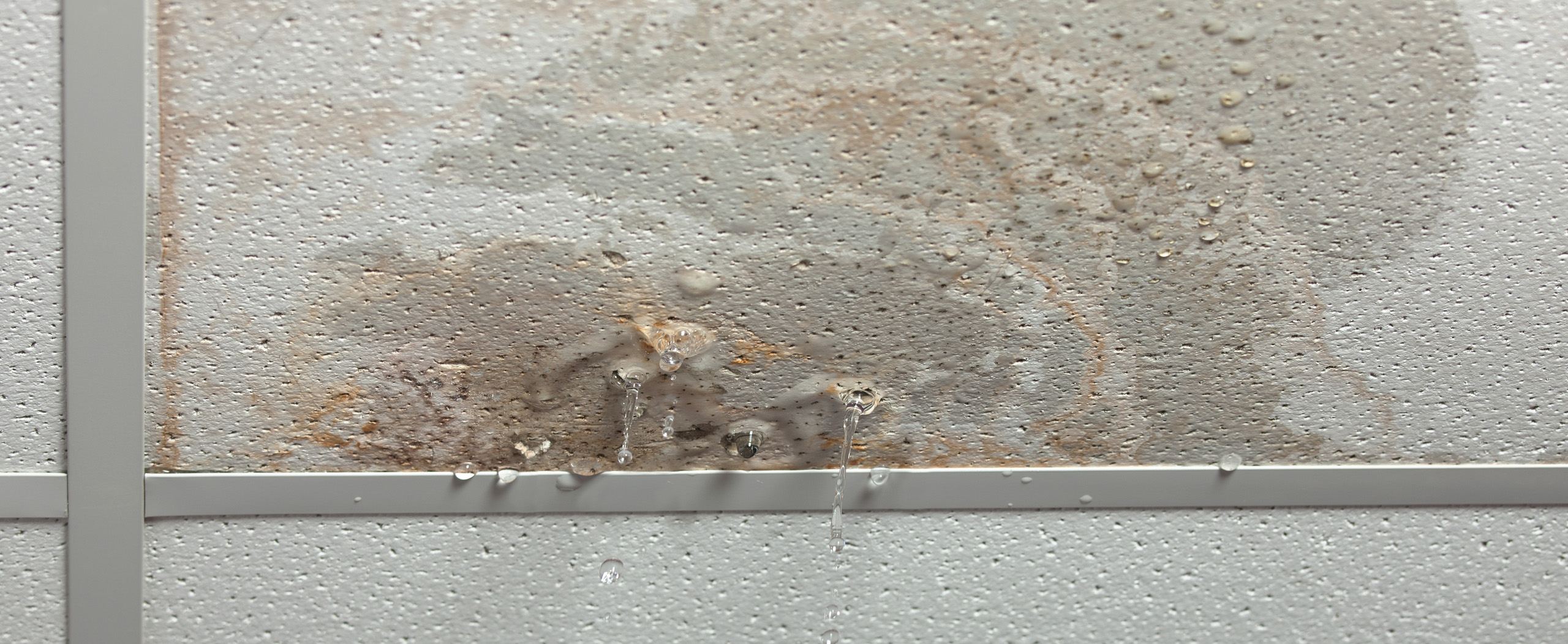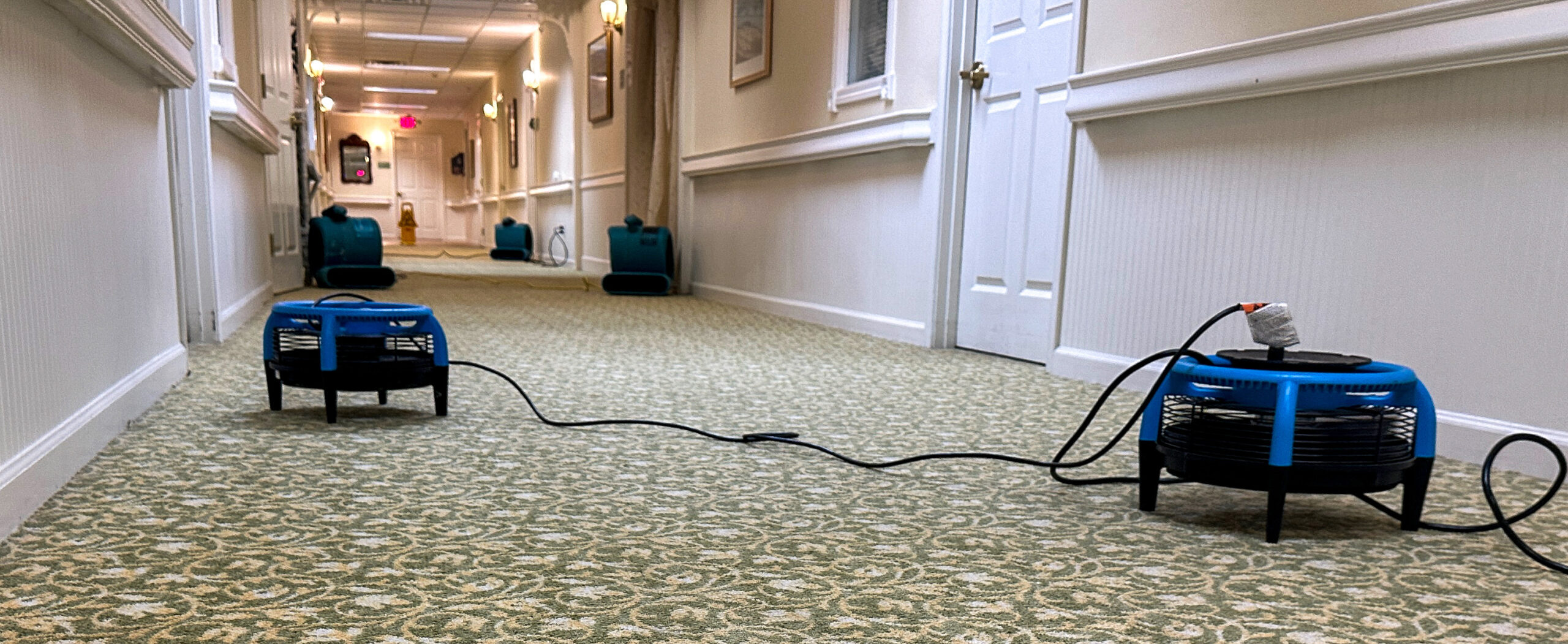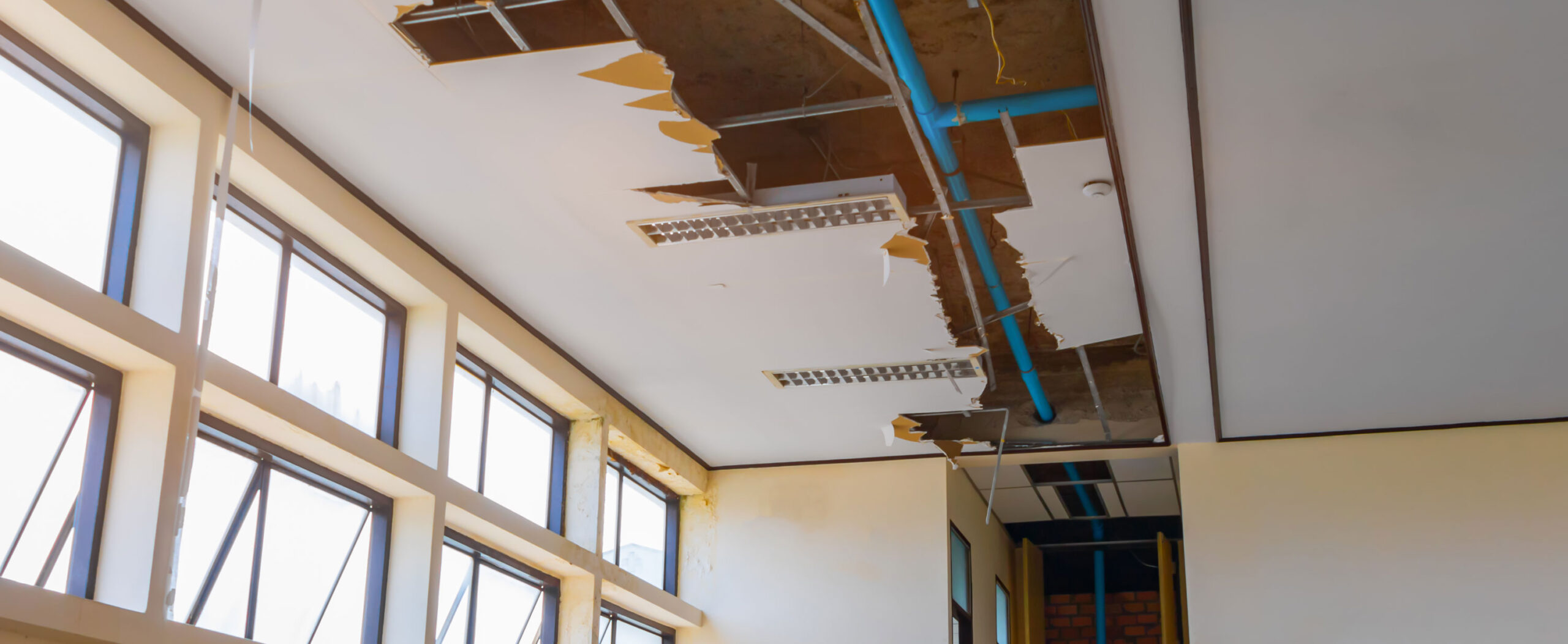Water damage in a commercial property can escalate quickly—from a minor inconvenience to a serious disruption that affects your tenants, operations, and even structural integrity. Whether it’s caused by a burst pipe, leaking roof, appliance failure, or a major storm, your response in the first few hours is critical.
At Total Quality Building Services, we’ve helped countless property managers recover from water damage efficiently and safely. Here’s what you need to know about the do’s and don’ts in the immediate aftermath of a water emergency—and why partnering with an experienced water damage mitigation provider can make all the difference.
What to Do Immediately After Water Damage
1. Ensure Safety First
Before anything else, make sure that the affected area is safe to enter. If there’s standing water near electrical panels, outlets, or equipment, shut off the electricity to the area if it’s safe to do so. Avoid wading into water without knowing the source or contents—contamination is a real risk.
2. Call a Professional Water Damage Mitigation Team
Time is critical. The first 24–48 hours are when mold can begin to form, and damage to building materials can become permanent. Total Quality offers 24/7 emergency water damage response, including water extraction, drying, and restoration. The sooner we’re on site, the faster we can minimize loss.
3. Document the Damage
If it’s safe, take photos and videos of the affected areas before any cleanup begins. This documentation will help with insurance claims and serve as a reference for restoration and repair work.
4. Notify Insurance and Key Stakeholders
Contact your insurance provider right away to report the incident. If your building serves tenants or employees, communicate quickly about what areas are affected, what steps are being taken, and when normal operations are expected to resume.
5. Isolate the Source If Possible
If you’re able to stop the water source (like turning off a valve to a leaking pipe or appliance), do so right away. Even partial control of the water source can slow the damage.
What Not to Do After Water Damage
✘ Don’t Delay Mitigation Services
Waiting “just to see how bad it gets” can result in thousands of dollars in additional damage. Water seeps into subfloors, behind walls, and into HVAC systems fast—and mold growth can begin within a day or two.
✘ Don’t Attempt DIY Cleanup in Large or Contaminated Areas
Wet/dry vacs and fans may help with minor surface drying, but they’re no substitute for professional extraction and dehumidification equipment. Improper drying can leave moisture trapped, leading to long-term damage and costly remediation.
✘ Don’t Throw Away Damaged Items Right Away
Unless there’s a safety hazard, don’t discard wet carpeting, documents, or furniture until your insurance adjuster has seen them or they’ve been documented. A professional restoration crew can sometimes salvage materials that initially appear ruined.
✘ Don’t Overlook Air Quality and Sanitization
Even clean water can leave behind bacteria or mold spores. A professional water damage response includes disinfection and odor control, especially in commercial and multi-tenant buildings.
How Total Quality Responds to Commercial Water Damage
When you call Total Quality Building Services, we activate a proven, step-by-step mitigation process that includes:
-
Immediate response and on-site assessment
-
Water extraction using industrial-grade equipment
-
Moisture detection with advanced tools to identify hidden water pockets
-
High-powered drying and dehumidification to prevent mold
-
Sanitization of affected surfaces using Green Seal™ certified products
-
Clear communication with property managers and insurance providers
-
Restoration coordination to get your space fully functional again
We understand how critical uptime is to your business or property—and we work with speed, safety, and professionalism to restore normalcy as soon as possible.
Frequently Asked Questions
1. How quickly should I respond to water damage in my building?
Commercial water damage should be addressed immediately—ideally within the first few hours. Delays increase the risk of mold, structural deterioration, and tenant displacement.
2. How do I know if the water is contaminated?
Clean water from a broken pipe may not pose a health risk, but water from sewer backups, appliances, or storms can contain contaminants. Always err on the side of caution and let professionals assess the water type.
3. Will insurance cover water damage cleanup?
In many cases, yes—especially for sudden incidents like pipe bursts. However, damage from neglect or deferred maintenance may not be covered. We help clients document damage and communicate with insurance providers throughout the process.
4. How long does commercial water damage restoration take?
Every situation is different. Minor damage may take 2–3 days to fully dry; more extensive situations can take longer depending on the materials involved and the size of the affected area.
5. Can water damage affect indoor air quality?
Yes. Damp environments promote mold and bacteria growth, which can compromise air quality and pose health risks. That’s why proper drying, dehumidification, and sanitization are essential.
6. What sets Total Quality apart from other mitigation companies?
We bring over 30 years of experience, 24/7 emergency response, Green Seal™ certified cleaning, digital service tracking, and deep familiarity with commercial, multi-family, and government properties.
Water Damage Doesn’t Wait—Neither Should You
If your property has experienced water damage, the clock is ticking. Call Total Quality Building Services for a rapid, professional response that puts safety, restoration, and long-term property protection first.
Contact us now to request emergency service or schedule a walkthrough.



